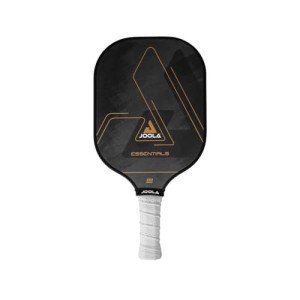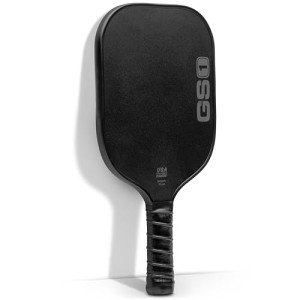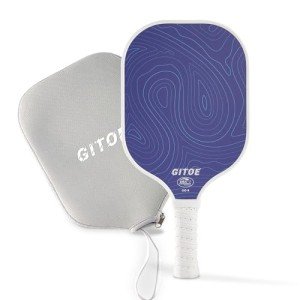As pickleball continues to grow in popularity, more players are entering tournaments to test their skills in competitive settings. One of the essential aspects of tournament play is the use of pickleball brackets, which organize matches and ensure fair competition. Whether you're a beginner or a seasoned player, understanding pickleball brackets is crucial if you want to excel in tournament play.
What are Pickleball Brackets?
Pickleball brackets are used to organize players or teams in tournaments, determining the order of matches and eventually the winner. Brackets are typically arranged in a knockout or elimination format, but there are other variations depending on the type of tournament.
Types of Pickleball Brackets
-
Single Elimination Bracket: In a single elimination bracket, players are eliminated after their first loss. This format is straightforward, but it offers less opportunity for players to compete, as a single defeat ends their tournament run. It’s often used in smaller tournaments.
-
Double Elimination Bracket: The double elimination format gives players a second chance by placing them in a "loser’s bracket" after their first loss. A player or team must lose twice before being eliminated. This format is widely used in pickleball tournaments because it allows players more chances to compete.
-
Round-Robin Bracket: In a round-robin format, each player or team plays against every other competitor in the bracket. This format is often used in smaller, local tournaments where there’s time to allow multiple matches. The player or team with the best win-loss record emerges as the winner.
-
Pool Play Bracket: Pool play brackets are similar to round-robin brackets, but players are divided into groups or "pools." Each player or team competes against others in their pool, and the top performers from each pool advance to a single or double elimination bracket for the final rounds.
How Do Pickleball Brackets Work?
In tournament play, pickleball brackets are designed to structure the competition fairly and allow for an orderly progression toward a champion. Here’s how pickleball brackets generally work:
-
Seeding: Players or teams are often seeded based on their skill level or previous performance. Higher-seeded players typically face lower-seeded players in the initial rounds to ensure balanced competition.
-
Advancement: In elimination formats, winners of each match advance to the next round, while losers are either eliminated or moved into the loser’s bracket in a double elimination tournament.
-
Finals: In double elimination formats, a team or player from the winner’s bracket faces off against the winner of the loser’s bracket. If the player from the winner’s bracket wins, they are crowned champion. If they lose, a second match is played to determine the final champion.
How to Use Pickleball Brackets in Tournaments
If you’re organizing a pickleball tournament, choosing the right bracket format is important to ensure a fun and competitive experience. For larger tournaments, double elimination brackets are a great choice, as they allow players more chances to compete and create an exciting tournament atmosphere. For smaller events, a round-robin or single elimination bracket might be more appropriate.
Many pickleball organizations and websites offer online pickleball bracket generators, making it easy to set up and manage your tournament.
Why Pickleball Brackets Matter
Pickleball brackets not only provide structure to tournaments but also add to the excitement of competitive play. They allow players to see who their next opponent will be, track their progress, and visualize their path to the championship. Properly organized brackets ensure fairness and keep the competition running smoothly.
Whether you’re participating in a local pickleball tournament or organizing one yourself, understanding how pickleball brackets work will help you navigate the competition and make the most of your experience.




